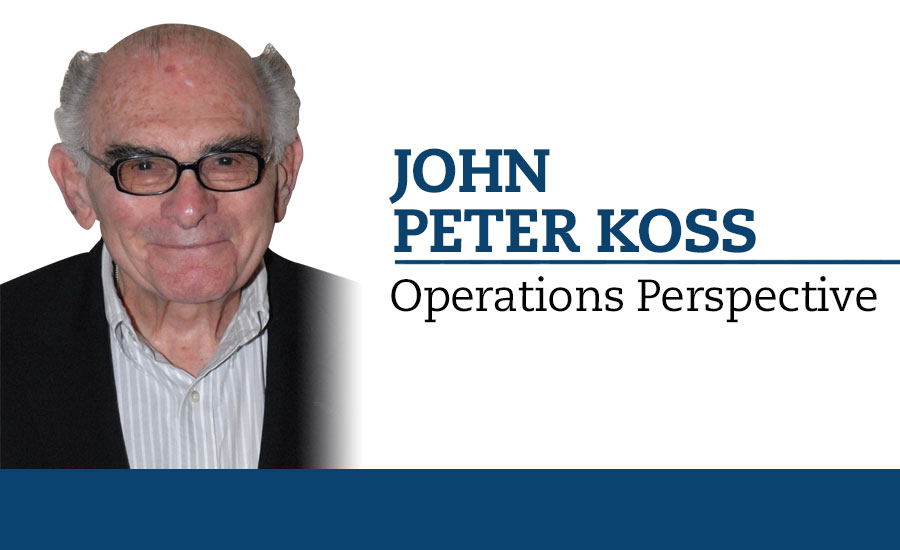Which beverage package will consumers buy, under what conditions, when will they buy, how many will they buy and why will a purchase occur? These types of challenging questions confront most sales and marketing managers as they attempt to maximize sales and profit under many variable conditions.
Markets, demographics and consumer tastes constantly are in a state of flux as well. Because these highly variable, and often times unknown, factors are changing in magnitude, content and according to geographic environments, the age-old reference “packaging sells” must be addressed when focusing on the multipack movement, such as when it began, how it evolved into today’s massive array of SKUs and what impacts it has on the supply chain.
That is why the evolution is being referred to as a “movement,” which is mainly created by the consumer marketplace and primarily dictated by geographic and demographic-related lifestyles. Aging populations change their lifestyles (business, academic and recreational) in almost every geographic area, which studies have indicated also alters eating and drinking tastes and consumption.
From a marketing perspective, it is a complex algorithm to determine the specific beverage package a customer will buy under any given set of conditions and in which channels they are shopping. Today’s consumer demands a wide package range from which to choose to make his or her purchase and does so depending on how the beverage will be served and where.
Historically, the movement from full 24-container cases as the normal selling unit began more than 50 years ago. Full cases became difficult to handle, bottles and board or wooden cases had to be returned, and physical storage space was a problem at both retail and supplier levels.
Therefore, the term “convenience packaging” came to life and, during the past five decades, has evolved into a multipack movement that has attempted to meet every marketing environment requirement imaginable. It is recognized that “you must satisfy the customer.”
However, multipacks (board wraps, shrink film, plastic carriers, baskets and more), in reality, are added cost conveniences, easy to handle, store, transport and dispose of or recycle. Yet, in the highly competitive beverage market, cost justifications are necessary to ensure that the package not only will sell, but also will provide a return on investment.
From an operations perspective, multipack configurations can require customized and/or specialized equipment to produce the package. Most packaging machinery manufacturers do not have crystal balls to foresee what standard machine they should produce for a universal multipack with a plethora of adjustments.
The re-tooling of machinery and equipment can become cost intensive due to lack of flexibility for changeovers or complete machine replacement. The extreme, but not uncommon, example of this situation is having a machine manufacturer customize a machine because no standard machine is available for the package as designed.
In addition to providing machinery that will produce a specific multipack, the prohibitive cost of customizing machines with the flexibility of handling a variety of multipacks could make a package project untenable.
Projecting the future of multipacks is an interesting study because the trend, which already is occurring, has been for parent companies (franchisors) to transfer production capability to new or combined franchisees, and in some cases to contract packers. This could alter the approach to packaging and investment in limited-capability equipment.
In addition, one of the largest impacts resulting from production responsibility transfer is that it could create an entirely different marketing viewpoint from the parent companies because an independent franchisee or contract production people might not be willing to, or financially capable of, funding multipack production infrastructure on a short-term basis.
Longevity in multipacks is critical to the investment involved and the markets served in any given geographical area; therefore, from an operations perspective, whether it be a franchise or a contract packer, any algorithm constructed for multipack investment must consider multipack life as an important part of the equation.
Observation and experience have logically indicated that the “life” factor is more important than has heretofore been considered. And operationally, customized multipack equipment listed by used equipment vendors becomes evidence to the serious life and cost justification of those multipacks neatly stacked on supermarket gondolas or around the cooler on convenience store floors.
The bottom line for multipacks is the same for all packaging, regardless of the cost justification, sales volume and realistic profit margins. When changes are short term, a domino effect will perpetuate throughout the supply chain.


